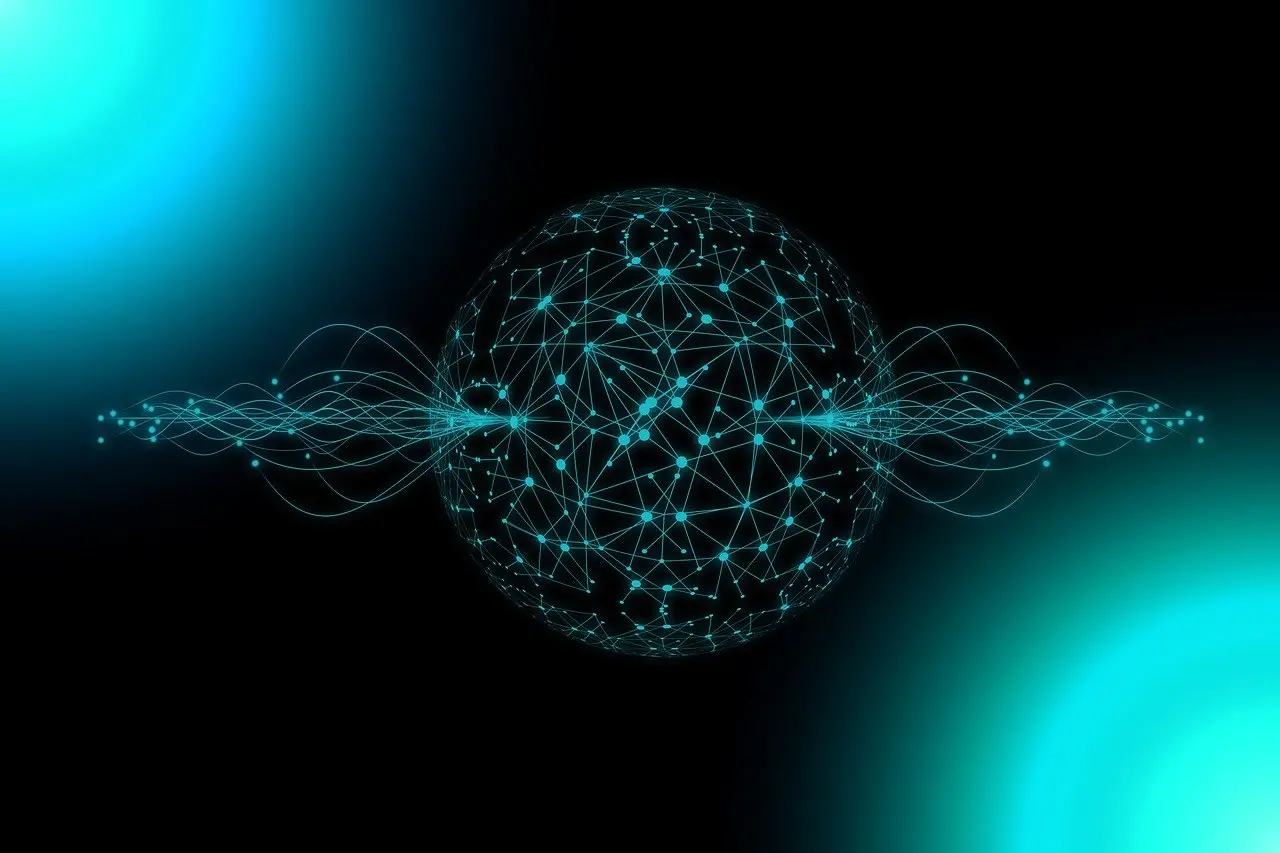Since OpenAI discontinued their AI text classifier because it was unable to correctly identify AI text, there has been an ongoing debate about whether this AI detector is even reliable.
I have my own perspective on this matter, but before diving into it, let me first present some statistics.
Research has been carried out on multiple occasions to evaluate the accuracy of these AI detectors, and the findings are summarized as follows:
- These detectors frequently misclassify non-English texts as AI-generated, even when they are authored by humans.
- Most detectors achieve an accuracy rate of 60% or lower for certain types of content.
- Studies have revealed that SICO-generated content can often bypass AI detectors and be labeled as human-written.
- Paid AI detectors tend to be more accurate, but their accuracy is still capped at around 80%.
- Similar to other AI tools, AI detectors can exhibit bias in specific scenarios.
My opinion on this matter
I’ve tried various AI text detectors, including OpenAI’s AI Classifier when it was available, and honestly, relying on them entirely is questionable. AI content has become increasingly advanced and humanlike, making it harder to differentiate.
We do many kinds of work with AI these days. We use it for various tasks every day, such as editing photos, solving codes, and creating videos. We also use it for making a productive lifestyle. It helps us create routines based on our lifestyle. Day by day, AI is developing very fast. Now, AI detects most languages and emotions, and it replies to us with bot emotions.
To know more about AI & Technology



